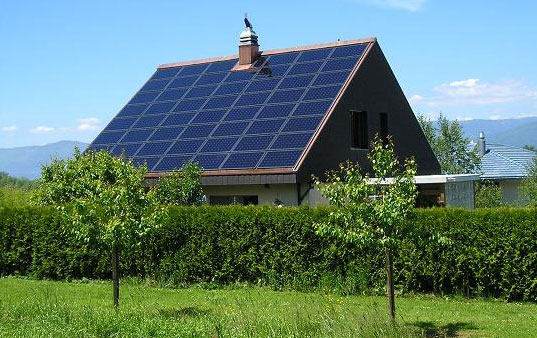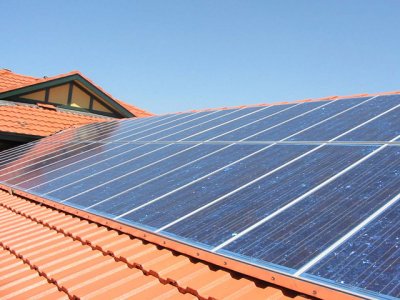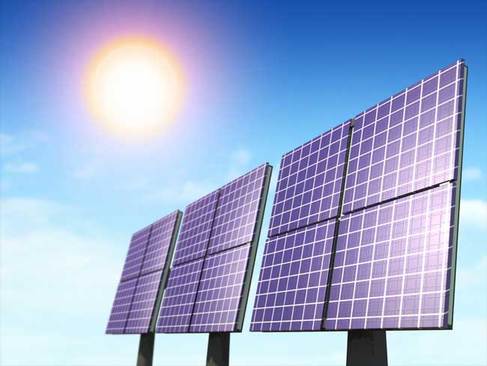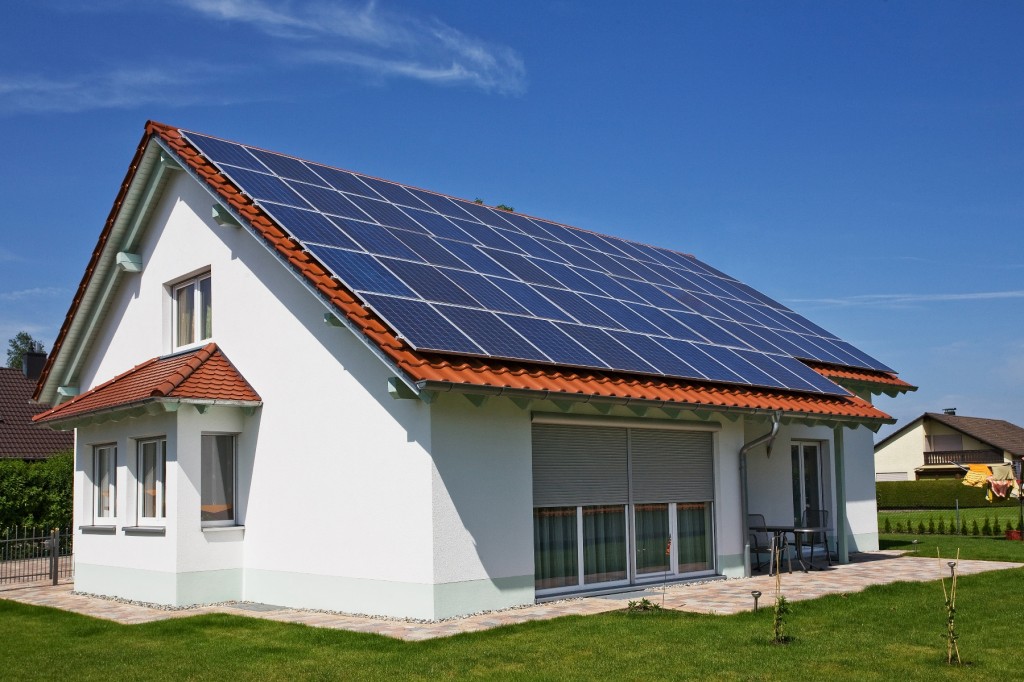American Homes use up about 1/3 of the country’s energy supply, polluting the environment and running up our expenses. However, if we cut our energy consumption by just 10 percent, we could not build 27 new power plants a year, according to Jodi Beebe, energy analyst for the Utility Consumers’ Action Network, a nonprofit group in San Diego.
With the summer heat pounding down on us and the sun’s rays scorching us, what do we do? Crank up the air conditioner? Move to Alaska? Burn up the earth’s resources to stay cool? Of course, we all want to be comfortable, but isn’t there another way besides the air conditioner?
Fortunately for us, the Australians have the same problem, but more of it. Australia is famous for its extreme weather, with searing heat during the day, while at night temperatures can plunge below zero. A large company in Australia – Gale Pacific – has developed a novel type of window shade designed to be mounted to the exterior of your home, where it will help keep the sun’s rays and heat out of your home during the sunny months.
Exterior window shades are made in several different sizes, and can be easily mounted to any window or used on your porch or patio to make them usable throughout the day. In addition to keeping the heat from the sun from warming your home, the shades block up to 92% of the sun’s harmful UV rays, preventing possible skin and eye damage. The designers of the fabric also made it easy to clean and maintain, so it is not be a hassle to keep up with.
Fortunately, these window shades will not black-out the light coming in through the window, as who wants to shut out the world and live in isolation? Filtered light will come into your house, and you can see out, although you cannot see into the house during the day (the side with the least light can see the side with the most light).
Perhaps some will learn to live without a/c, and others will move to Alaska . The best way to cut home cooling bills will be to strategically plant trees to provide shade for the house. Until the trees get big enough though, the window shades will cover the window in style and save a few bucks a month (or should we say save a few lumps of coal or a little nuclear waste?).




